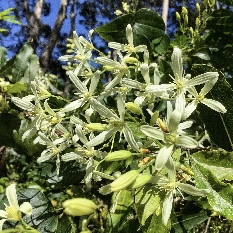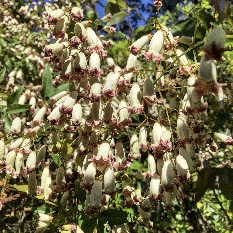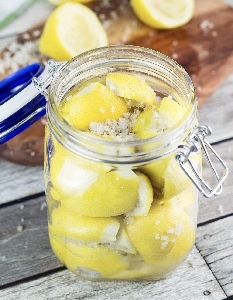Time to spring into the vegie garden
Whether you subscribe to the meteorological view that it begins on the first day of the month or to the astronomical view that it begins on the vernal equinox on the twenty-third day of the month, September brings us into the season that many consider the beginning of the gardening year – spring.
Hopefully, you are ahead of the game in your gardens and have pruned, fed, repotted, moved and planted all your trees, shrubs, pot plants and grasses ahead of the upcoming growing season. If not, get out there tomorrow and get cracking.
For those who do have all their ducks in a row, now is the perfect time to turn your attention to the vegie garden, as the warmer weather brings the widest array of annual edible sowing options. A little preparation now will put you in prime position for a fresh tasty summer harvest.
A good starting point is to perform a soil pH test to determine whether any lime will be required. At minimum, clear out spent crops and weeds, spread some compost and/or cow manure over the top and mix it in to about spade depth, scatter some fertiliser then cover with mulch. Use this same procedure when establishing a new bed.
When thinking about what you will plant and where, avoid planting the same or related crops as last year in the same spot the next year.
Locate your beds so that they get plenty of sun and try not to negate that by overshadowing smaller plants with taller ones.
Another situation to avoid is overplanting, which leads to a produce glut down the track. Try and stagger your plantings for a longer, more even harvest and, if a glut does happen, research your best storage options for that particular crop.
When you are ready to plant, September is a great time to plant root crops such as beetroot, carrots and swedes, as well as celery. If you are feeling optimistic you could try starting some capsicum or chilli, eggplant or tomato seeds if you can keep them nice and warm under a cold frame or on a heated pad and bring them inside during the evening. Otherwise, continue with the onions, peas, potatoes and silverbeet planting and be ready for October when the time will be right for most of your summer favourites.
Around the town gardens, spring is yet to make its full splash, however some of the Prunus spp. (cherry blossom, plums etc) are beginning to put on a show, as are some of the deciduous magnolia trees and the Jasminum polyanthum (common jasmine). Loropetalum chinense (Chinese fringe flower) with its clusters of spidery-like pink flowers is in full flower, as is the leathery-leaved, white-flowered Rhaphiolepis indica (Indian hawthorn).
The wild places on the sides of the road around the Triangle region have begun lighting up with the golden hues of a number of Acacia spp. (wattle) and you might also notice some drapes of white veils in some smaller trees that are either the climber Clematis glycinoides (headache vine) or else Pandorea pandorana (wonga wonga vine). A closer look will distinguish the two.
If you have any comments, gardening questions or plant or pest identification problems, please send them through to gardening@thetriangle.org.au and we will get back to you personally.
Happy growing.



